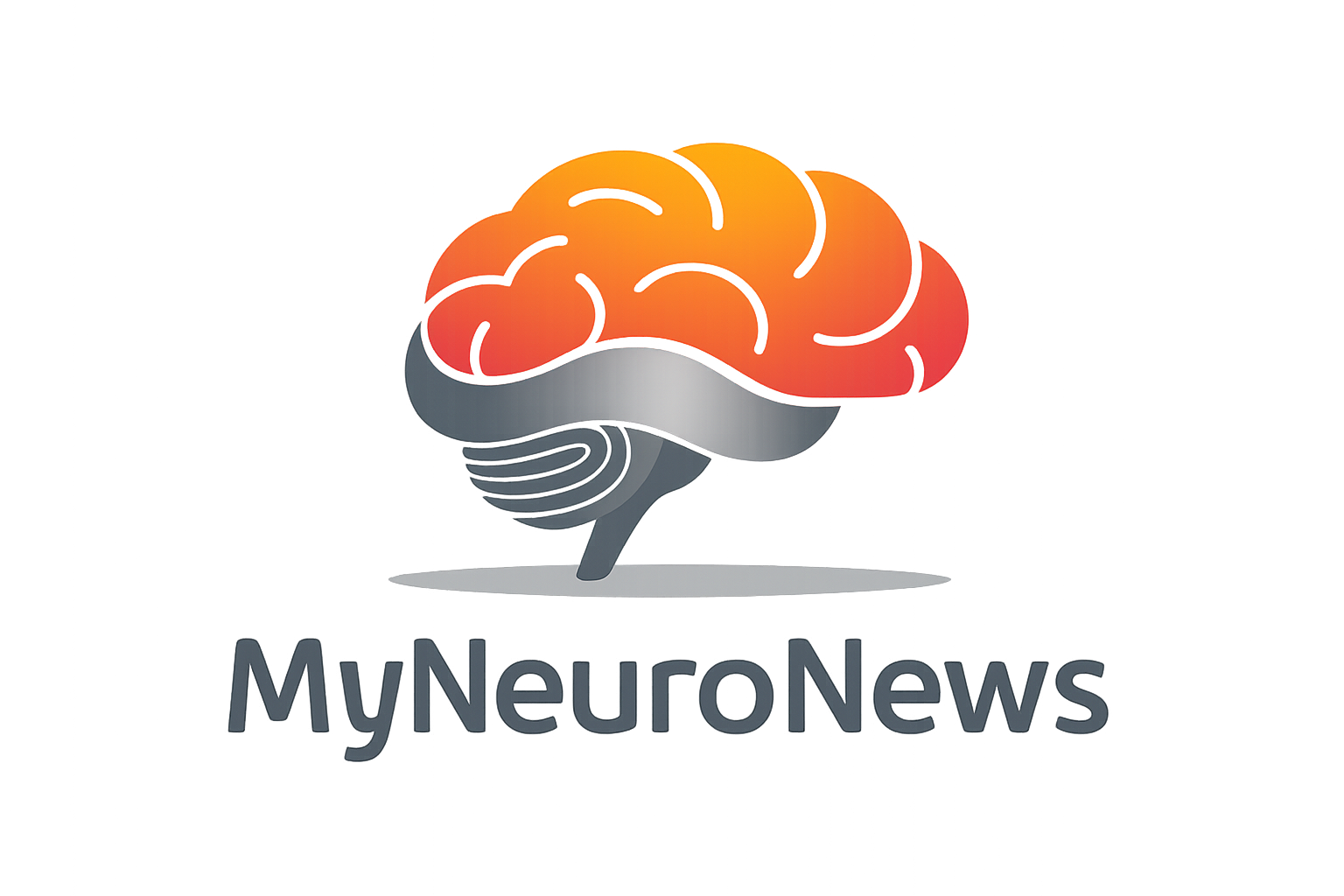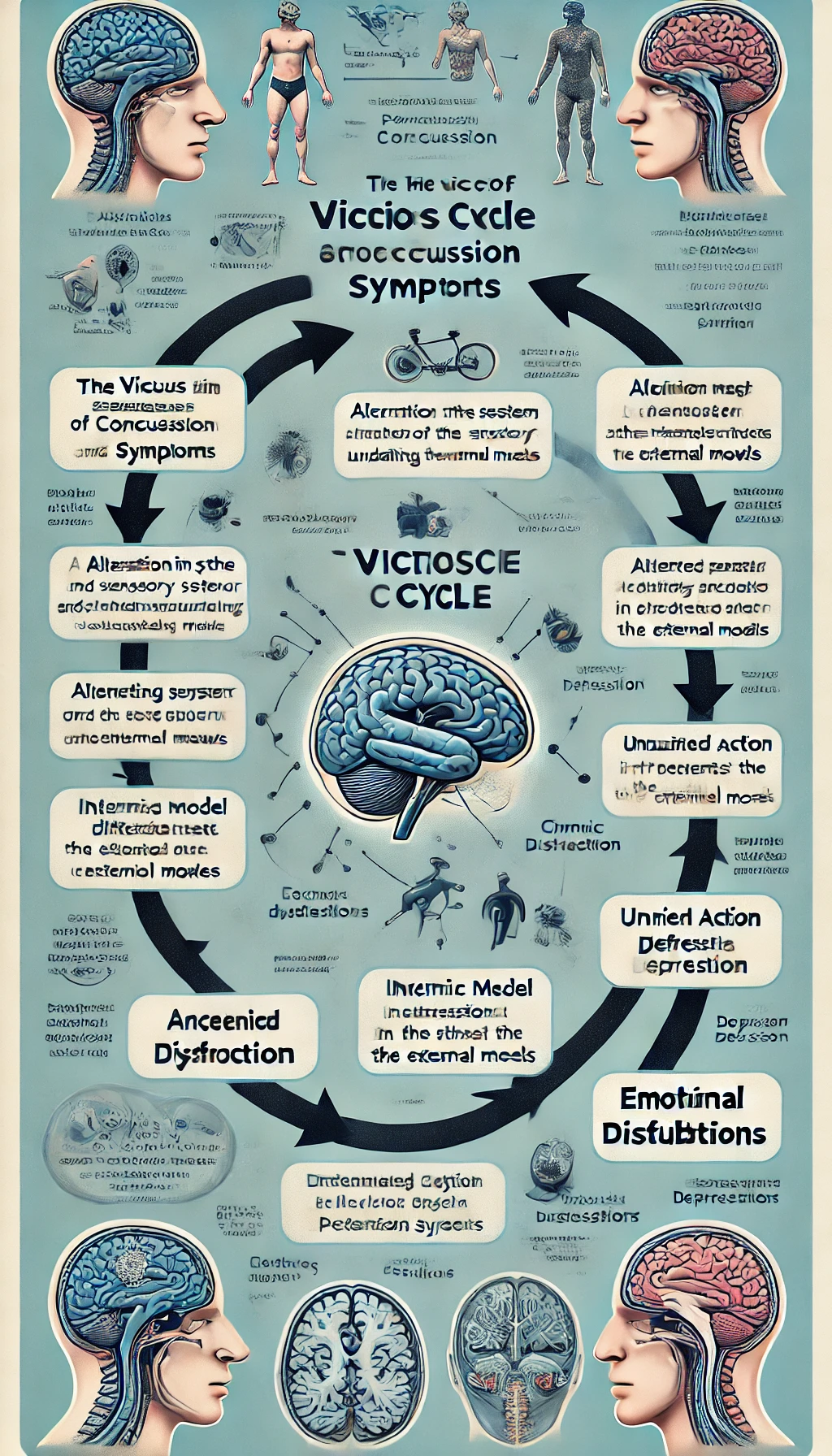Concussions and post-concussion symptoms have far-reaching effects on the brain, particularly in how it processes and integrates sensory information. Our central nervous system relies on internal models to represent our body, actions, environment, and the consequences of our actions. The cerebellum plays a pivotal role in integrating multisensory information, which is essential for updating these internal models accurately.
However, when the sensory system or cerebellum is altered due to a concussion, it can lead to false perceptions, referred to as “internal fake news.” These distorted perceptions disrupt the internal models, leading to a cascade of effects as depicted in the flowchart below:
The Vicious Cycle Explained:
1. Altered Perception of the Environment and “Internal Fake News”: Concussions can alter how sensory information is perceived, leading to inaccuracies in the internal models.
2. Internal Model Distortion: These false perceptions distort the internal models, which are essential for understanding and interacting with our environment.
3. Decision-Making Dysfunction: Distorted internal models impair our ability to make sound decisions.
4. Inability to Anticipate Events in the External Environment: This dysfunction leads to difficulties in anticipating and planning for future events.
5. Unsuited Action in the External World: The inability to anticipate correctly results in actions that are inappropriate or ineffective in real-world scenarios.
6. Chronic Stress: The ongoing inability to cope with environmental demands causes chronic stress.
7. Anxiety: Prolonged stress leads to anxiety, further affecting decision-making and perception.
8. Depression: Ultimately, the persistent cycle of stress and anxiety can lead to depression.Concussion and Post-Concussion Syndrome
Concussions disrupt the delicate balance of the brain’s sensory and integrative systems, leading to the issues outlined above. Individuals suffering from post-concussion syndrome often experience prolonged symptoms, including headaches, dizziness, and cognitive impairments, which exacerbate the cycle of stress and emotional disturbances.
Breaking the Cycle
1. Early Intervention: Prompt medical attention and rehabilitation can help mitigate sensory distortions and support the accurate updating of internal models.
2. Multidisciplinary Approach: Combining physical therapy, cognitive behavioral therapy, and other therapeutic interventions can address both the physical and emotional symptoms.
3. Patient Education: Educating patients about the nature of their symptoms and the underlying mechanisms can reduce anxiety and improve coping strategies.Understanding the complex interplay between sensory integration and emotional health is crucial for developing effective treatments for concussion and post-concussion syndrome. By addressing the root causes of internal model distortions, we can better support individuals in their recovery journey.

